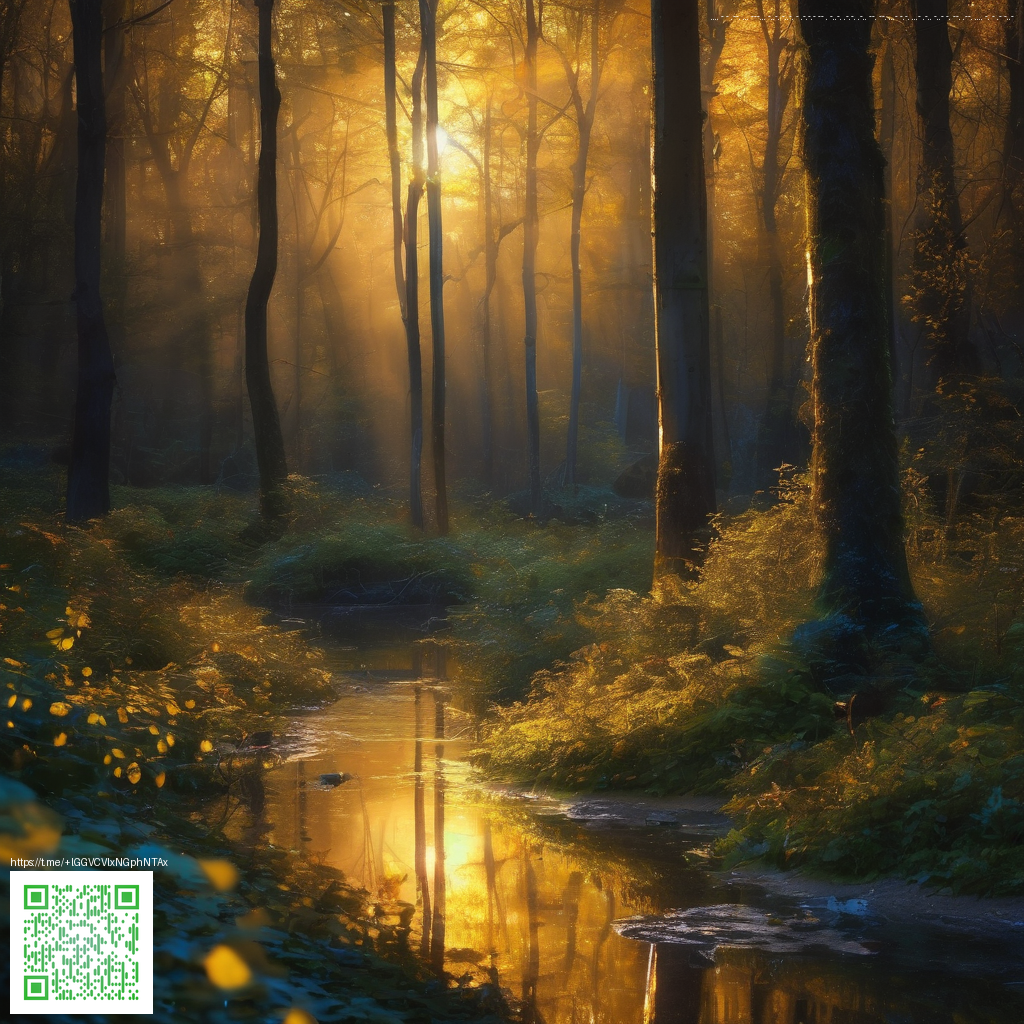
Why atmosphere shapes fear more than gore
In horror, the impact of fear often hinges on what you don’t see as much as what you do. Gore can joltingly announce itself, but it’s the unseen—the creak in the floorboard, the roll of distant thunder, the way shadows swallow a room—that lingers long after the scene ends. Atmosphere works on a deeper, more primal level: it primes the mind to anticipate danger, filling gaps with possibility and doubt. When we can sense danger without a graphic display, our brains become active participants in the terror, and that participation makes the fear feel personal and enduring.
Consider how the environment frames emotion. A setting isn’t just a backdrop; it’s a character that whispers secrets about what’s at stake. A dim hallway, a cold wind that slides through a cracked door, or a flicker of light across a corridor can set a mood that ordinary dialogue or explicit violence cannot achieve. The real horror often lies in what you think might happen next—the unknown, the misread cue, the moment you realize you’re not alone in the frame. That’s the essence of atmosphere: suggestion over exposition.
“Fear is not the thing that appears on the screen; fear is the space between what you expect and what you don’t yet understand.”
That space is where memory and imagination take over. Gore can shock, but it rarely sustains a flame of dread. Atmosphere, by contrast, becomes a recurring reminder that danger might be lurking just off-camera, just out of sight, or somewhere in the audience’s own mind. The more you invest in sound, light, texture, and pacing, the more the audience fills in the blanks with personal terror—making the experience uniquely intimate and unforgettable.
Techniques to cultivate atmospheric horror
- Setting as a mood engine: Choose locations and times of day that inherently carry unease—dank basements, fog-laden streets, or abandoned spaces with imperfect maintenance.
- Silence and sound design: Silence can be louder than a scream. Layer ambient noise sparingly, letting distant creaks, wind, or a single low note carry the suspense.
- Lighting and color palettes: Lean into muted tones, cold blues, or amber halos that obscure details and invite interpretation.
- Pacing and timing: Slow burns win over rapid shocks. Let moments breathe, then punctuate with a precise, minimal reveal.
- Perspective and implication: Tell the story through what a character notices, fears, or misreads, rather than what is instantly obvious to the viewer.
- Texture and tactile cues: Describe textures—the damp air, the rough plaster, the grain of a wooden door—to engage the senses beyond visuals alone.
In practical terms, building atmosphere is about trusting your audience’s imagination. By implying danger and carefully arranging sensory details, you invite readers or viewers to participate in the fear. Gore should feel almost like a consequence of a world that has already become hostile; atmosphere, on the other hand, makes that world feel inevitable.
For those who want a small, tangible form of reassurance while engaging with intense moments—whether you’re writing late at night, binge-watching a tense series, or sharing cinematic conversations with friends—the Shockproof Phone Case is a thoughtful companion. It’s designed to protect your device during long sessions that demand focus and presence. You can explore it here: Shockproof Phone Case.
If you’re curious to see how others discuss the balance between atmosphere and gore, this related read offers a complementary perspective: https://s-vault.zero-static.xyz/9a282e3d.html.